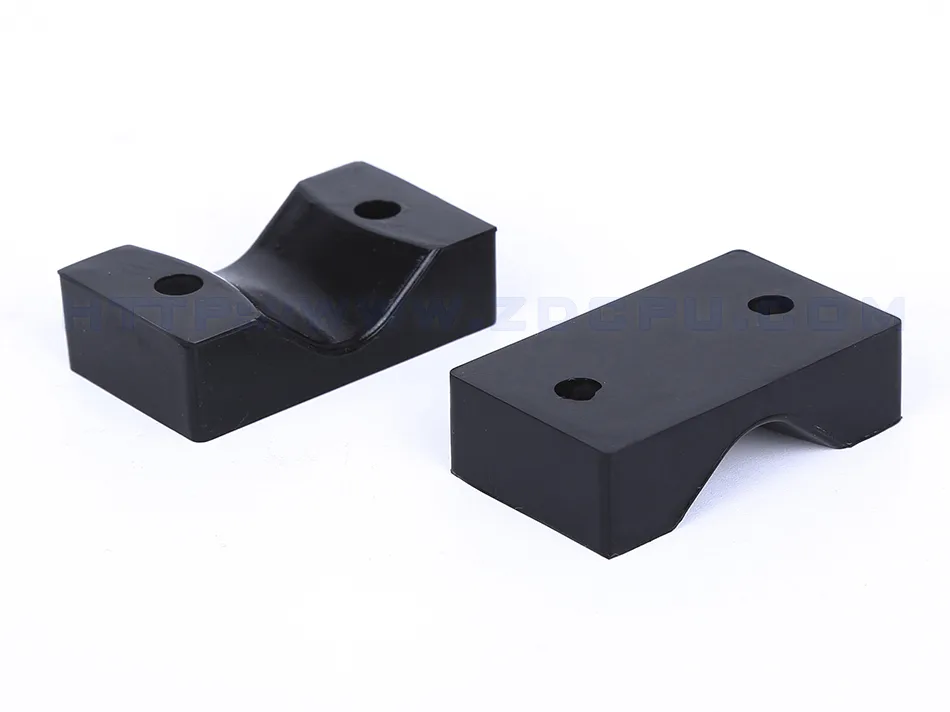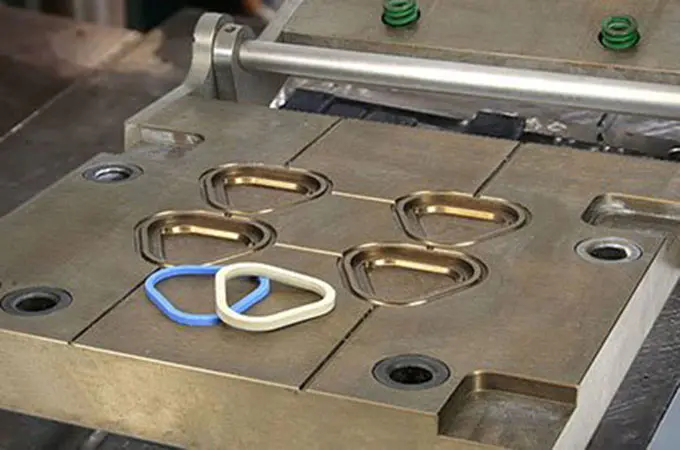
Home » EPDM

EPDM
Material Type
Rubber
Material Full Name
Ethylene Propylene Diene Monomer
Process Compatibility
Compression Molding, Injection Molding
List of Elastomer & Rubber Material
List of Plastic Material
List of Metal Material
EPDM Description
Price
$$$$$
Strength
Excellent weather resistance, ozone resistance, and thermal stability.
Weakness
Poor resistance to petroleum-based fluids and oils.
Common Application
Automotive weatherstripping, seals, and gaskets, roofing membranes, pond liners, and electrical insulation.
EPDM Properties
EPDM refers to ethylene propylene diene monomer, a type of synthetic rubber that is commonly used across many industries. While natural rubber may deteriorate with exposure to sunlight and ozone and become brittle over time, EPDM is designed to be able to withstand more extreme conditions and can last much longer.
Properties at a Glance
*Pease note: The following material properties are for reference only. Actual values may vary depending on the selected material brand.
| Property | Metric | English |
|---|---|---|
| Density | 0.85-1.4 g/cm³ | 56.87-58.04 lb/ft³ |
| Shore Hardness A | 30-90 | 30-90 |
| Tensile Strength | 3.45-24.13 kPa | 500-2500 PSI |
| Elongation at Break | 100-700% | 100-700% |
| Min Temp. | -50~-40°C | -60~-40º F |
| Max Temp. | 105~150°C | 220~ 300º F |
Chemical Properties
- Excellent resistance to acids and alkalies.
- Poor resistance to fuel.
- Poor oil resistance.
How to Improve NR Properties
EPDM can be modified through various methods, adding additives is one of the most common ones. Some of the additives include:
- Fillers: Fillers like carbon black, silica, or clay are added to improve tensile strength, tear resistance, and abrasion resistance. They also help control the cost and processability of EPDM compounds.
- Plasticizers: Plasticizers such as oils or resins are incorporated to enhance the flexibility and low-temperature performance of EPDM rubber.
- UV stabilizers: UV stabilizers help prevent the degradation of EPDM due to exposure to ultraviolet radiation.
- Flame retardants: Flame retardants may be included to enhance the fire resistance of EPDM rubber, making it suitable for applications where fire safety is a concern.
Get Custom EPDM Parts with Zhongde
Is EPDM rubber recyclable?
Yes, EPDM rubber is recyclable. EPDM rubber can be reclaimed and recycled through various processes, including mechanical grinding, shredding, and reprocessing. The recycled EPDM material can then be used to manufacture new products.
What are two types of EPDM?
Solid EPDM and expanded EPDM foam are two different physical forms of EPDM.
- Solid EPDM is the traditional form of EPDM rubber, which is dense and non-porous. It is commonly used in applications where a solid, impermeable material is required, such as gaskets, seals, roofing membranes, and automotive parts.
- Expanded EPDM foam has a cellular structure with interconnected air pockets, making it lightweight, flexible, and compressible. It is often used for insulation, cushioning, gaskets, and weatherstripping applications.
What is the typical lifespan of EPDM in different environments?
Generally, EPDM is known for its excellent durability and weather resistance. In outdoor environments, EPDM roofing membranes, seals, and gaskets can often last for 20 years or more. However, the lifespan may be shorter in environments with extreme temperatures, high levels of UV radiation, or exposure to chemicals.




